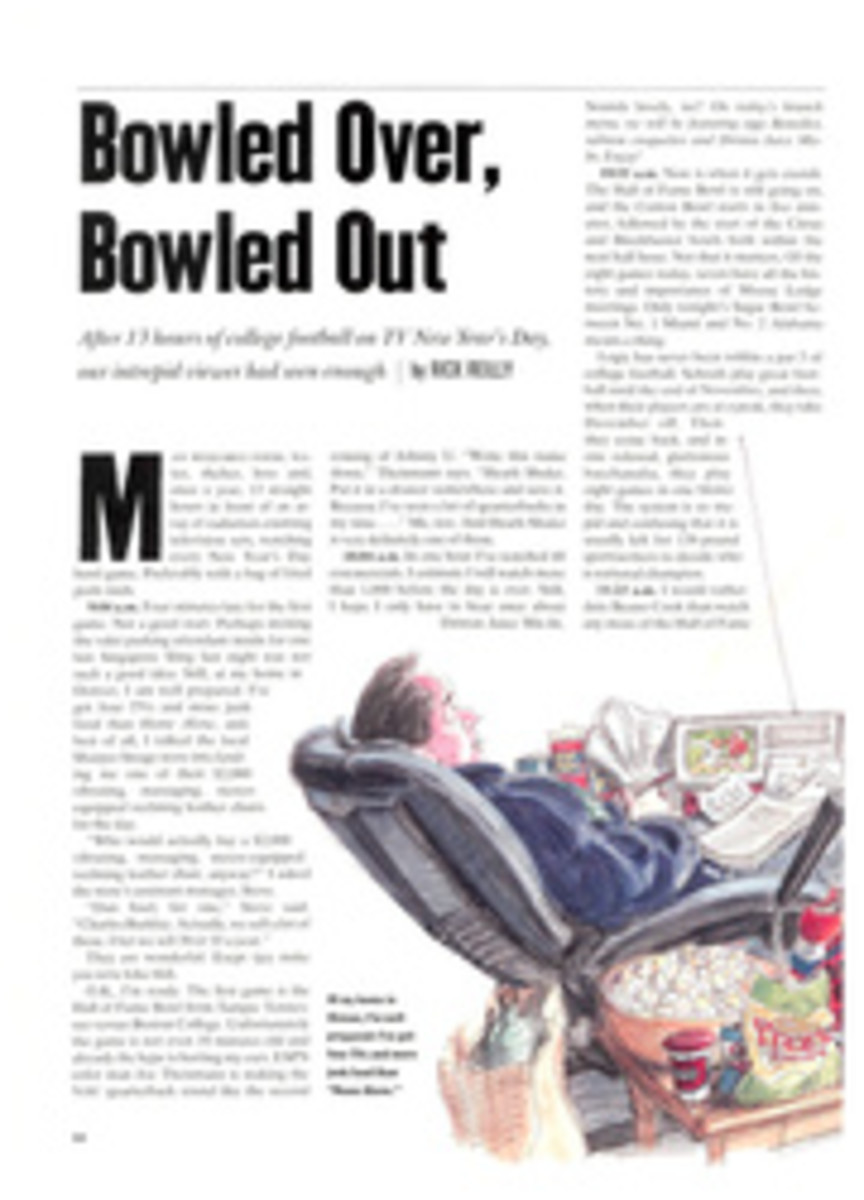
Talk about an Electrifying Race
On a Frigid morning last October, the narrow road that zigzags steeply up Pikes Peak was dotted with strange-looking vehicles. Their drivers seemed to be speeding around the road's 156 curves, but the roar of revving engines was eerily absent as the cars raced against the clock. When 41-year-old veteran race car driver Jerry King crossed the finish line of the 5.5-mile course in electric car number 54, his car had literally hummed its way to victory over the three others in the electric stock division of the inaugural Pikes Peak Solar/Electric Challenge.
A recent renewal of interest in alternative-energy automobiles led the Pikes Peak Auto Hill Climb Association to sanction the unique event. Before the race Pat Riley, its organizer, said, "It is the most challenging test ever staged for zero-pollution vehicles. We're hoping it will educate the public, provide ideas for engineering advancements and, of course, be a lot of competitive fun."
Neither fun nor the thrill of competition seemed to be on the minds of the participants at prerace powwows. As one race official said, "When entire pit crews have Ph.D.'s in engineering, you don't hear the usual chalk talk before a race. These guys definitely have a different agenda." That agenda included two pressing issues: 1) Where could extension cords be found? (Owners were having problems plugging their electric cars into their motel room sockets.) And 2) Why did race officials insist that each car carry a fire extinguisher when a box of baking soda—in case of battery leaks—would be more useful? (Apparently the organizers didn't know any better.)
Lon Gillas, owner of E-Motion, a McMinnville, Ore., company that specializes in converting gasoline-powered vehicles into electric ones, had another concern. Two days before the race, he and his wife, Laura, had received a message at their Colorado Springs hotel. Mike Allen, an editor at Popular Mechanics and a part-time stock car racer, would not be able to drive the Gillases' converted electric Triumph as planned.
After a few frantic phone calls, the Gillases reached King, a veteran of a dozen Pikes Peak auto climbs. He agreed to race in the Triumph, but there was one hitch: King had never driven an electric car. So the next day, just 24 hours before the start of the race, he went for a spin in the TR-7 during the morning rush hour.
King's lack of practice time, however, was not his main worry the morning of the race. It had snowed the night before, and the four-foot drifts on top of Pikes Peak threatened to cancel the event. An hour before the scheduled 10 a.m. start, organizers decided that the cars, instead of racing 12.5 miles to the summit, would run up Pike's halfway course to Glen Cove, at 11,440 feet, a little less than half the original distance.
When the first car whined off the starting line, the temperature was only 19°, but a brilliant sun had turned the mountain road into a meandering river of mud. Many of the lightweight solar-powered cars had difficulty getting traction, and they sometimes spun dangerously close to the sheer drops at the edge of the dirt-and-gravel road. The Gillases' Triumph, which was loaded front and back with a total of 1,500 pounds' worth of six-volt golf-cart batteries, was able to speed around the course's many curves with minimal skidding and loss of time.
And what were King's impressions of his first electric car race? "The biggest surprise was when I went into the first turn and realized the car wasn't decelerating," he said. "A gasoline engine will automatically brake when you shift gears, but these electric motors just keep spinning. You have to adjust by taking wider turns and braking a whole lot more."
The Gillases' win was further vindication of their commitment to improving ail quality while saving money. Chauffeuring their children to various after-school activities in the family's electric car costs the Gillases only about 25 cents on a typical day, $2.35 less than it would with a conventional car. Of course, having to juice up the station wagon overnight does add one more item to the family's checklist at bedtime. Let's see. Bring in the dog, lock the doors, turn off the lights and—oh, yes plug in the car.
ILLUSTRATION
EDWARD BRIANT

